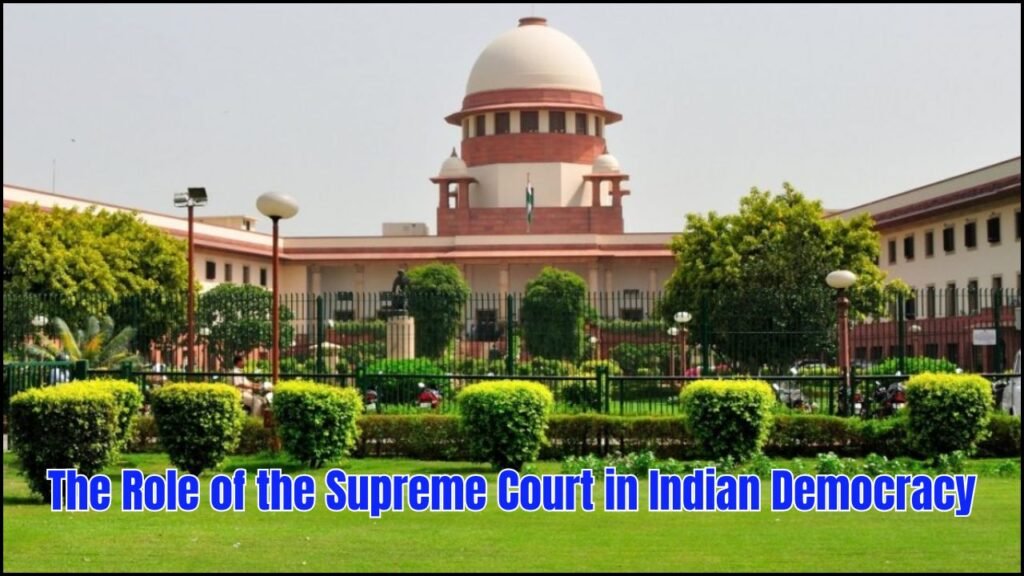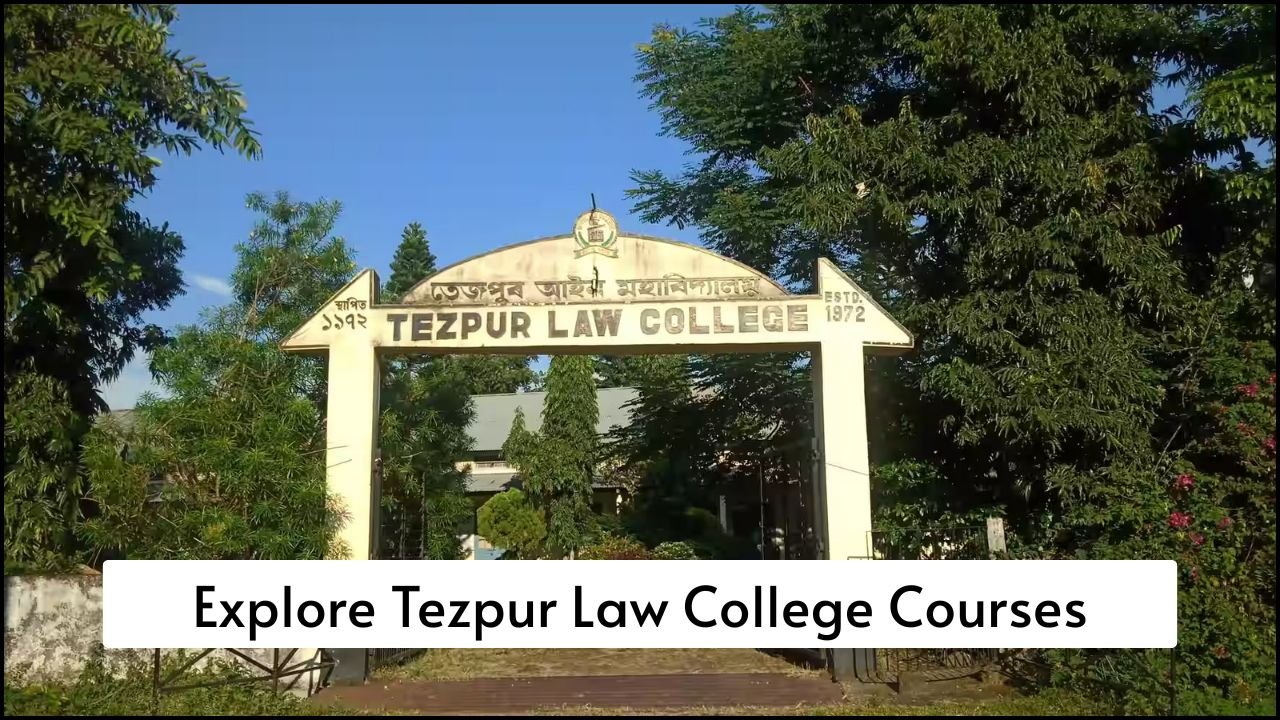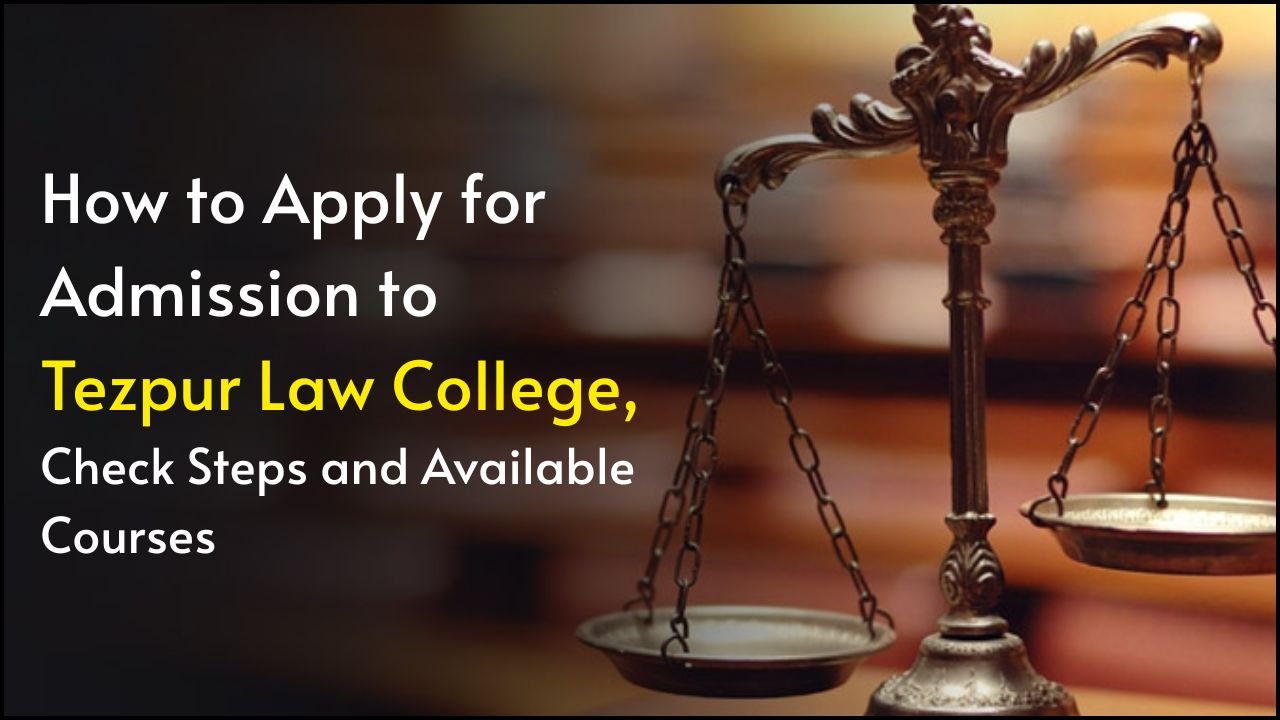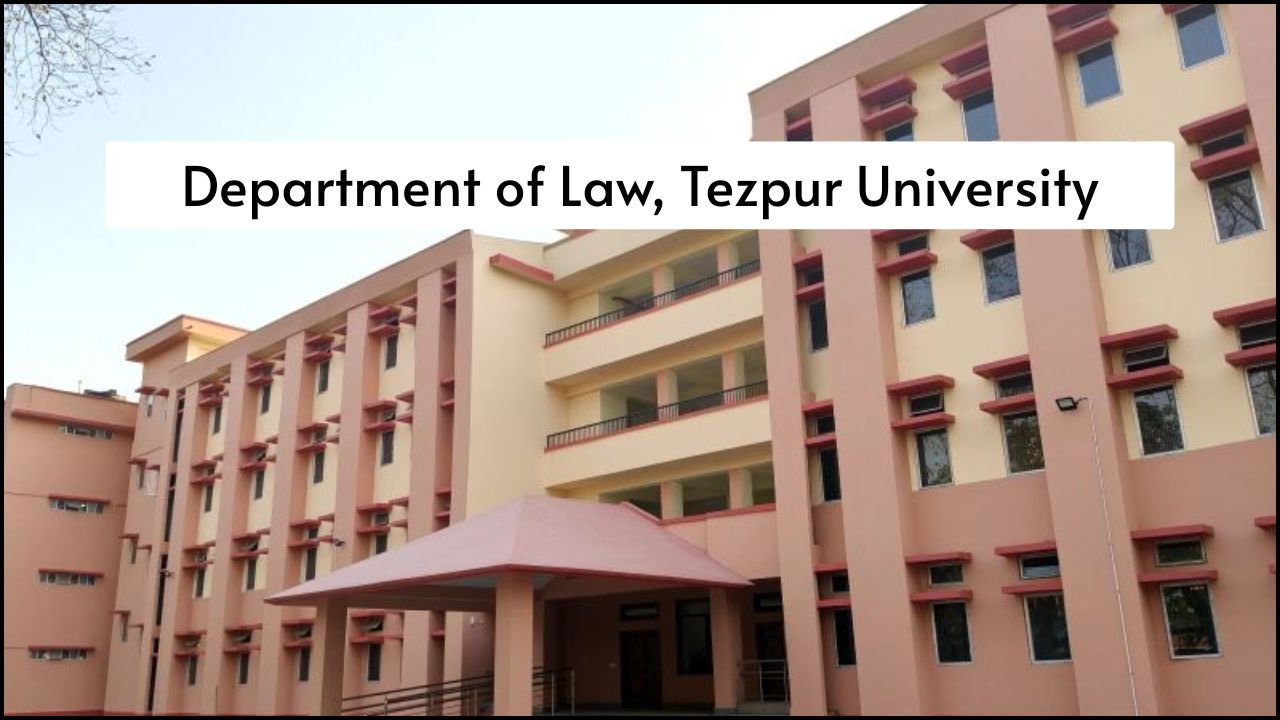
The Supreme Court of India stands as the apex institution in the world’s largest democracy, serving as the ultimate guardian of constitutional values and the final arbiter of justice. Since its establishment in 1950, the Court has evolved from a traditional appellate tribunal into a dynamic institution that shapes Indian society, protects fundamental rights, and maintains the delicate balance between different organs of government. Its role extends far beyond merely interpreting laws—it actively participates in defining the contours of Indian democracy and ensuring that constitutional principles remain vibrant and relevant in a rapidly changing society.
Understanding the Supreme Court’s multifaceted role requires appreciating both its formal constitutional powers and its practical impact on governance, rights protection, and social transformation. The Court operates at the intersection of law and politics, tradition and modernity, individual rights and collective welfare, making decisions that affect millions of lives while maintaining the rule of law in a diverse and complex nation.
Table of Contents
Constitutional Foundation and Structure
The Indian Constitution establishes the Supreme Court as the highest judicial authority under Article 124, granting it extensive powers to interpret the Constitution, protect fundamental rights, and ensure justice across the nation. The Court consists of the Chief Justice of India and up to 33 other judges, appointed by the President in consultation with senior judges, ensuring judicial independence from political interference.
The framers of the Constitution envisioned the Supreme Court as more than just a court of law—they conceived it as an institution that would safeguard democratic values, protect minority rights, and serve as a check on potential governmental excesses. This vision has guided the Court’s evolution and expansion of its role over seven decades of Indian independence.
Core Functions and Jurisdictions
The Supreme Court exercises multiple types of jurisdiction, each serving distinct purposes in maintaining democratic governance and constitutional supremacy.
| Jurisdiction Type | Description | Key Functions |
|---|---|---|
| Original Jurisdiction | Direct cases filed in Supreme Court | Inter-state disputes, fundamental rights violations |
| Appellate Jurisdiction | Appeals from lower courts | Civil, criminal, and constitutional appeals |
| Advisory Jurisdiction | Presidential references | Constitutional interpretation, legal guidance |
| Writ Jurisdiction | Constitutional remedies | Habeas corpus, mandamus, certiorari, prohibition |
| Review Jurisdiction | Reconsideration of own judgments | Correcting errors, ensuring justice |
Guardian of Fundamental Rights
Perhaps the most crucial role of the Supreme Court in Indian democracy is protecting fundamental rights guaranteed by the Constitution. Through landmark judgments, the Court has expanded the scope and meaning of these rights, ensuring they remain relevant to contemporary challenges.
The Court’s approach to fundamental rights has evolved significantly since independence. Initially focused on traditional civil and political rights, the Court has progressively recognized broader interpretations that include environmental rights, privacy rights, and economic rights. This evolution reflects the Court’s understanding that democracy requires not just political freedom but also social and economic justice.
Landmark Rights Protection Cases
| Case | Year | Rights Protected | Impact |
|---|---|---|---|
| Kesavananda Bharati | 1973 | Constitutional structure | Established basic structure doctrine |
| Maneka Gandhi | 1978 | Personal liberty | Expanded Article 21 interpretation |
| Vishaka | 1997 | Women’s rights | Sexual harassment guidelines |
| Puttaswamy | 2017 | Privacy rights | Privacy as fundamental right |
The basic structure doctrine, established in Kesavananda Bharati, prevents Parliament from amending the Constitution in ways that destroy its essential features. This doctrine has become a cornerstone of Indian constitutional law, ensuring that democratic principles remain intact even when political majorities seek to alter fundamental constitutional arrangements.
Check on Executive and Legislative Power
The Supreme Court serves as a crucial check on potential abuse of power by the executive and legislative branches of government. Through judicial review, the Court examines the constitutionality of laws, executive orders, and government policies, striking down those that violate constitutional principles.
This checking function has become increasingly important as governments have gained more power and influence in modern democratic systems. The Court’s willingness to scrutinize government actions ensures that democratic institutions remain accountable to constitutional principles rather than merely political considerations.
Executive Accountability
The Court regularly examines executive actions, from policy decisions affecting millions to individual cases of governmental overreach. Through writ petitions and public interest litigation, citizens can challenge executive decisions directly in the Supreme Court, ensuring that governmental power remains subject to constitutional constraints.
Legislative Oversight
Parliamentary sovereignty, while important in democratic systems, is not absolute in India. The Supreme Court can declare laws unconstitutional if they violate fundamental rights or the basic structure of the Constitution. This power ensures that legislative majorities cannot trammel minority rights or destroy democratic institutions through legal means.
Public Interest Litigation and Social Justice
The Supreme Court’s development of Public Interest Litigation (PIL) has revolutionized access to justice in India. PIL allows any citizen to approach the Court on behalf of those who cannot afford legal representation or lack the means to seek justice independently. This innovation has democratized the judicial process and enabled the Court to address systemic social problems.
Through PIL, the Court has tackled issues ranging from environmental protection to prison reforms, child labor to corruption in public life. This proactive approach has transformed the Court from a passive arbiter of disputes to an active participant in social transformation and governance improvement.
Areas of PIL Impact
The Court’s PIL jurisdiction has produced significant changes in various sectors. Environmental protection has received particular attention, with the Court mandating pollution controls, forest conservation, and sustainable development practices. Educational reforms, healthcare improvements, and administrative transparency have all benefited from PIL interventions.
Contemporary Challenges and Adaptations
Modern democracy faces new challenges that require innovative judicial responses. Technology, globalization, economic inequality, and social change create novel constitutional questions that require careful judicial consideration.
The Court has shown remarkable adaptability in addressing these challenges. From recognizing digital rights to addressing economic inequality through rights-based approaches, the Court continues to evolve its jurisprudence to meet contemporary needs while maintaining constitutional continuity.
Digital Age Concerns
Privacy rights, data protection, freedom of expression in cyberspace, and digital governance pose new constitutional questions. The Court’s recognition of privacy as a fundamental right in the Puttaswamy case demonstrates its ability to adapt constitutional interpretation to technological change.
Economic and Social Rights
The Court increasingly recognizes that political democracy requires economic and social foundations. Through expanded interpretations of the right to life, the Court has recognized rights to education, healthcare, and livelihood, ensuring that constitutional guarantees remain meaningful for all citizens regardless of economic status.
Maintaining Constitutional Supremacy
The Supreme Court’s ultimate responsibility is maintaining constitutional supremacy in Indian democracy. This means ensuring that all governmental institutions, including the Court itself, operate within constitutional boundaries and respect the rule of law.
Constitutional supremacy requires constant vigilance and occasional confrontation with powerful political forces. The Court must be prepared to defend constitutional principles even when they conflict with popular opinion or governmental preferences. This responsibility makes the Court’s independence crucial for democratic survival.





